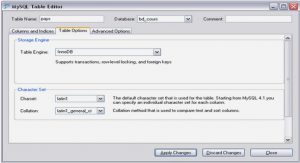Extrait du cours the Lua-C API
Multiple Lua States
A state is completely self-contained
A program can have multiple, independent Lua states
Allows a lightweight implementation of Lua processes
each process is a Lua state
multiple workers (C threads) run those processes
communication through message passing
Lua Values
Most APIs use some kind of “Value” type in C
to represent values in the language
PyObject (Python), jobject (JNI)
Problem: garbage collection
easy to create dangling references and memory leaks
Lua Values
The Lua API has no LuaObject type
A Lua object lives only inside Lua
Two structures keep objects used by C:
the registry
the stack
The registry is a regular Lua table always
accessible by the API
The Stack
Keeps all Lua objects in use by a C function
Each function has its own private stack
Data Exchange
The stack is the only channel for exchanging
data between C and Lua
Injection functions
convert a C value into a Lua value
push the result into the stack
Projection functions
convert a Lua value into a C value
get the Lua value from anywhere in the stack
negative indices index from the top
…….
The Lua-C API (80,0 KO) (Cours PDF)




